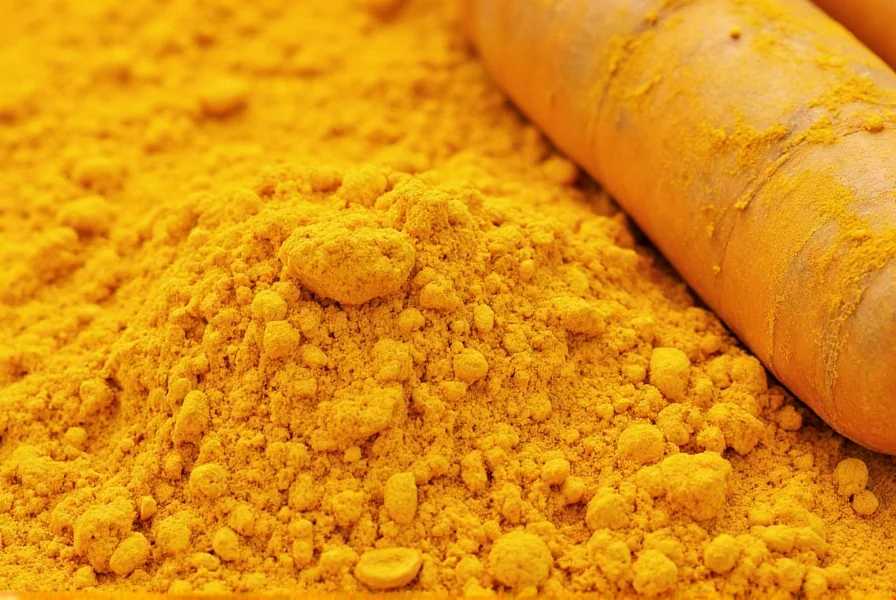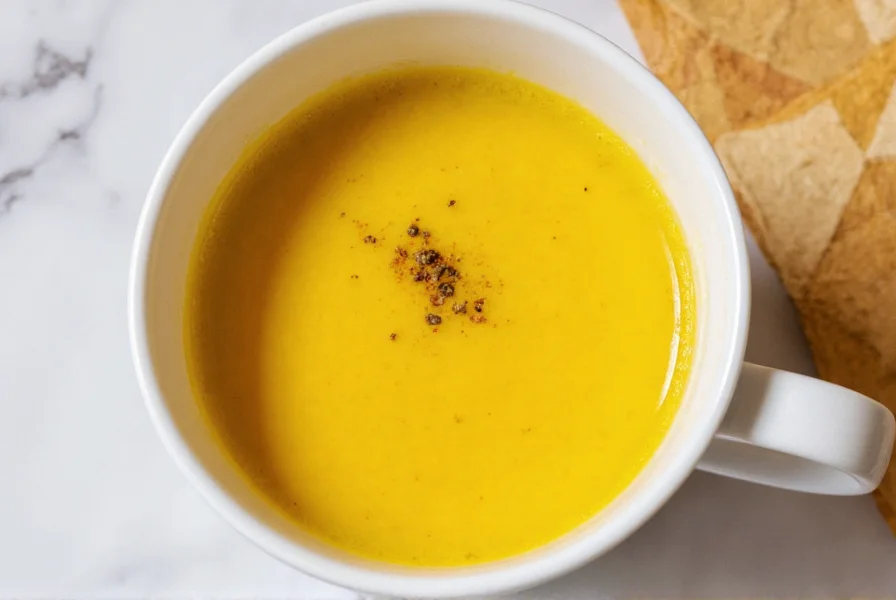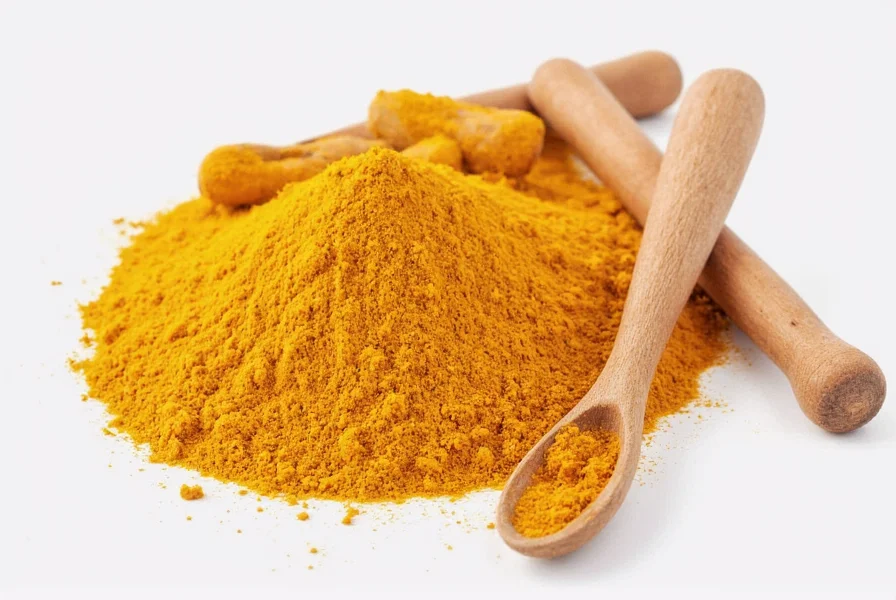For centuries, turmeric has been a staple in traditional medicine systems across Asia. This vibrant yellow spice, derived from the Curcuma longa plant's root, contains curcuminoids—bioactive compounds responsible for most of its health effects. Modern research has begun validating many traditional uses while revealing important limitations.
The Science Behind Turmeric's Effects
Curcumin constitutes about 2-8% of turmeric by weight and serves as the primary therapeutic compound. What does turmeric do at the molecular level? Studies show curcumin:
- Modulates over 70 molecular targets involved in inflammation
- Increases activity of the body's own antioxidant enzymes
- Interferes with multiple cell signaling pathways related to disease processes
- Enhances brain-derived neurotrophic factor (BDNF) production
However, curcumin's therapeutic potential faces a significant hurdle: poor bioavailability. When consumed alone, curcumin is rapidly metabolized and eliminated. This explains why what does turmeric do for inflammation often depends on formulation—combining with black pepper (piperine) or fats can increase absorption by up to 2,000%.
Evidence-Based Health Benefits of Turmeric
| Health Benefit | Scientific Support Level | Key Research Findings |
|---|---|---|
| Joint Pain Relief | Strong | Multiple studies show 500-1,500mg curcumin daily reduces osteoarthritis pain comparably to ibuprofen |
| Anti-Inflammatory Effects | Strong | Curcumin lowers CRP and other inflammatory markers by 15-30% in clinical trials |
| Brain Health Support | Moderate | Increases BDNF levels; may delay cognitive decline but human evidence remains limited |
| Heart Health | Emerging | Preliminary evidence suggests improved endothelial function and reduced LDL oxidation |
What Does Turmeric Do for Inflammation?
Chronic inflammation underlies many modern diseases. Curcumin's ability to inhibit NF-kB—a key inflammation signaling molecule—makes it particularly valuable. Research published in the Journal of Medicinal Food demonstrated that 1,000mg of curcumin daily reduced inflammatory markers more effectively than placebo in adults with metabolic syndrome.
When considering what does turmeric do for arthritis specifically, a comprehensive review in Phytotherapy Research analyzed 8 clinical trials involving 799 patients. The analysis concluded that curcumin supplementation significantly improved pain scores and physical function in osteoarthritis patients compared to control groups.

Realistic Expectations: What Turmeric Can and Cannot Do
While popular media often exaggerates turmeric's effects, scientific evidence reveals more nuanced benefits. What does turmeric do that's proven? The strongest evidence supports:
- Reducing symptoms of inflammatory joint conditions
- Providing antioxidant protection against cellular damage
- Supporting post-exercise recovery through inflammation modulation
What does turmeric not do? Despite popular claims, current evidence doesn't conclusively support turmeric as a:
- Cancer treatment (though it shows promise in laboratory studies)
- Weight loss solution (any effects are likely indirect through inflammation reduction)
- Replacement for prescribed medications for serious conditions
Optimizing Turmeric Absorption and Usage
Understanding what does turmeric do to your body requires addressing bioavailability. To maximize benefits:
- Combine with black pepper: Piperine increases curcumin absorption by up to 2,000%
- Consume with healthy fats: Curcumin is fat-soluble
- Consider enhanced formulations: Look for products with phospholipids or nanoparticles
- Aim for 500-1,500mg of standardized curcumin daily for therapeutic effects
For culinary use, adding turmeric to warm dishes with olive oil and black pepper creates the traditional 'golden milk' preparation that maximizes absorption. How much turmeric should I take daily? Most studies showing benefits use 500-1,500mg of curcumin extract, equivalent to about 1-3 teaspoons of high-quality turmeric powder.

Safety Considerations and Potential Interactions
Turmeric is generally safe at culinary doses, but higher therapeutic doses require caution. Potential side effects include:
- Digestive discomfort at doses above 1,500mg daily
- Increased bleeding risk when combined with blood thinners
- Interference with certain chemotherapy drugs
- Potential gallbladder contractions in susceptible individuals
Consult your healthcare provider before using turmeric supplements if you take medications or have medical conditions. Pregnant women should avoid therapeutic doses but can safely consume turmeric as a spice.
Conclusion: Separating Hype from Reality
What does turmeric really do? This ancient spice offers genuine anti-inflammatory and antioxidant benefits supported by growing scientific evidence, particularly for joint health and inflammation management. However, its effects are moderate rather than miraculous, and bioavailability challenges require strategic consumption.
When evaluating what does turmeric do for specific conditions, look for human clinical trials rather than preliminary laboratory studies. The most compelling evidence supports turmeric's role as part of a comprehensive approach to managing inflammation—not as a standalone cure-all. As research continues, we'll gain clearer understanding of optimal dosing, formulations, and specific applications where turmeric delivers the most significant benefits.











 浙公网安备
33010002000092号
浙公网安备
33010002000092号 浙B2-20120091-4
浙B2-20120091-4